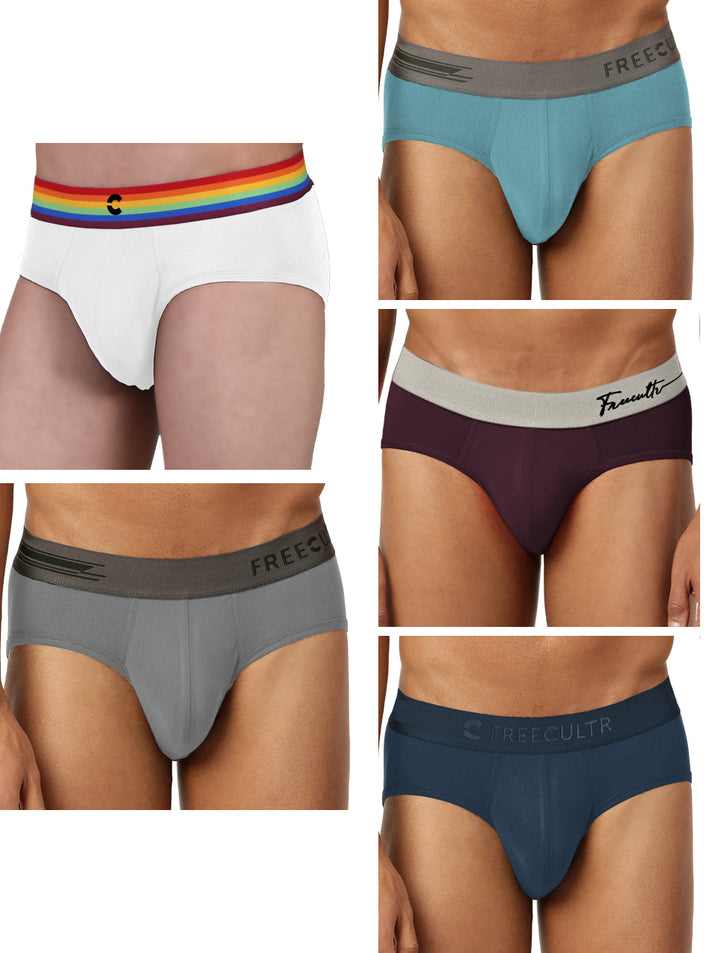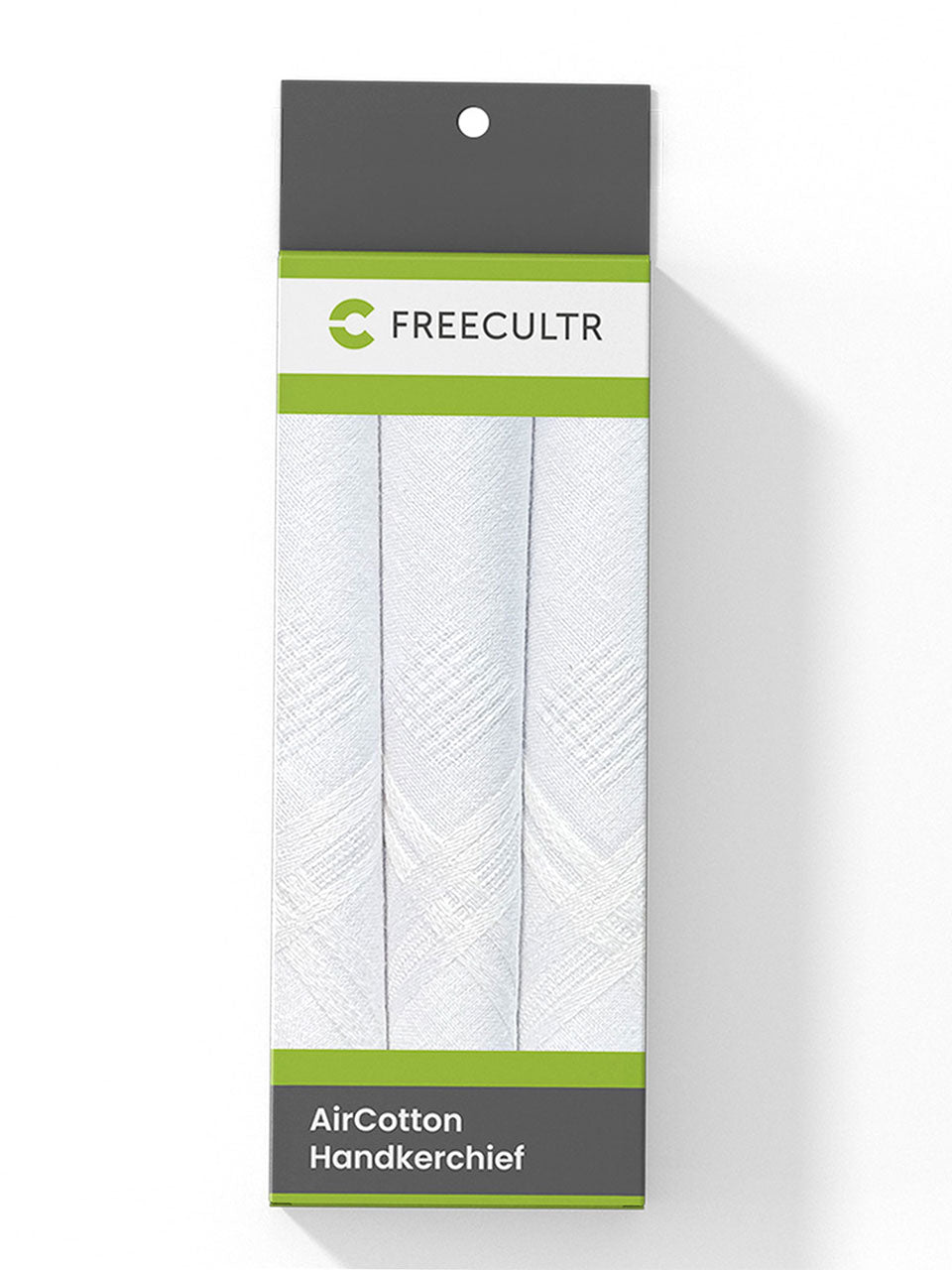The demand for sustainable and high-performance textiles is surging, fueled by eco-conscious consumers and advancements in material science. Natural fibers like merino wool and hemp, already prized for breathability and comfort, are now being enhanced with innovative anti-odor technologies. Forget masking unpleasant smells; we're talking about eliminating them at the source. Recent developments focus on incorporating antimicrobial agents derived from natural sources, such as chitosan from shellfish or plant-based enzymes, directly into the fiber structure. This integration offers durable odor control, reduces reliance on synthetic treatments. Aligns with the circular economy by extending garment lifespan and minimizing waste.

Understanding Natural Fibers
Natural fibers are materials derived from plants, animals, or geological processes that can be spun into yarn, thread, or rope. Unlike synthetic fibers, which are man-made polymers, natural fibers offer unique properties such as breathability, absorbency. Biodegradability. These qualities make them attractive for various applications, particularly in the textile industry.
- Plant-based fibers: Examples include cotton, linen (from flax), hemp, jute. Ramie. These are primarily composed of cellulose.
- Animal-based fibers: Examples include wool (from sheep), silk (from silkworms), cashmere (from goats). Alpaca. These are protein-based.
- Mineral fibers: Examples include asbestos (though its use is now heavily restricted due to health concerns).
The properties of natural fibers vary greatly depending on their source and processing methods. For example, cotton is known for its softness and absorbency, while linen is valued for its strength and durability. Wool is prized for its warmth and resilience.
The Science of Body Odor
Body odor (BO) is the result of bacteria breaking down sweat on the skin's surface. Sweat itself is odorless; the characteristic smell arises from the metabolic byproducts produced by bacteria, particularly those residing in areas with many sweat glands, such as the armpits and feet.
There are two main types of sweat glands:
- Eccrine glands: These are found all over the body and produce a watery, odorless sweat primarily for thermoregulation.
- Apocrine glands: These are located in the armpits and groin area and produce a thicker, oily sweat that contains proteins and fats. It's the breakdown of this sweat by bacteria that leads to body odor.
The specific compounds responsible for BO include:
- Short-chain fatty acids: These are produced by bacteria breaking down lipids in sweat.
- Sulfur-containing compounds: These can contribute to a pungent odor.
- Ammonia: This is a byproduct of protein breakdown.
Factors influencing body odor include genetics, diet, hygiene. Overall health. Some individuals naturally produce more sweat or have a different composition of bacteria on their skin, leading to variations in body odor intensity and character.
Anti-Odor Technologies: A Deep Dive
Anti-odor technologies aim to prevent or neutralize body odor by targeting the bacteria that cause it or by absorbing odor-causing compounds. Various methods are employed, including:
- Antimicrobial agents: These substances inhibit the growth of bacteria. Examples include silver ions, zinc pyrithione. Triclosan (though the latter is now restricted in some applications due to environmental concerns).
- Odor absorbers: These materials physically trap odor molecules. Examples include activated carbon, zeolites. Cyclodextrins.
- Enzyme inhibitors: These substances block the enzymes that bacteria use to break down sweat.
- Probiotics: Introducing beneficial bacteria to the skin can help to displace odor-causing bacteria.
These technologies can be incorporated into textiles in various ways, such as:
- Fiber modification: Antimicrobial agents can be added directly to the fiber during manufacturing.
- Fabric treatment: Fabrics can be treated with antimicrobial finishes or odor-absorbing coatings.
- Encapsulation: Antimicrobial agents or odor absorbers can be encapsulated in microscopic particles that are then applied to the fabric. This allows for controlled release of the active ingredient over time.
Combining Natural Fibers with Anti-Odor Technology
The combination of natural fibers and anti-odor technology offers a compelling approach to creating comfortable and functional textiles. Natural fibers provide breathability and moisture-wicking properties, while anti-odor technology addresses the issue of body odor. This synergy is particularly valuable in activewear, undergarments. Everyday apparel where comfort and freshness are paramount.
Here's how specific natural fibers interact with anti-odor technologies:
- Cotton: Cotton's high absorbency makes it ideal for absorbing sweat. When combined with antimicrobial agents like silver ions, it can effectively inhibit bacterial growth and reduce odor. But, untreated cotton can retain moisture, potentially creating a breeding ground for bacteria.
- Wool: Wool possesses natural antimicrobial properties due to the presence of lanolin, a wax-like substance that inhibits bacterial growth. Wool also has excellent moisture-wicking capabilities. Combining wool with additional anti-odor treatments can further enhance its odor-resistance.
- Bamboo: Bamboo fibers are naturally antimicrobial due to a substance called "bamboo kun." They are also highly breathable and absorbent. Bamboo is often used in blends with other fibers to enhance their odor-fighting properties.
- Hemp: Hemp is known for its durability and breathability. It also has some natural antimicrobial properties. Hemp fabrics can be treated with anti-odor finishes to improve their performance in odor-sensitive applications.
Case Study: A popular brand of athletic socks utilizes merino wool infused with silver ions to create odor-resistant socks. The merino wool provides excellent moisture-wicking and temperature regulation, while the silver ions inhibit bacterial growth, keeping feet fresh and comfortable even during intense workouts.
Comparative Analysis: Natural vs. Synthetic Fibers with Anti-Odor Treatments
Both natural and synthetic fibers can be treated with anti-odor technologies. Their performance and environmental impact differ. Here's a comparison:
| Feature | Natural Fibers (with Anti-Odor) | Synthetic Fibers (with Anti-Odor) |
|---|---|---|
| Breathability | Generally higher | Generally lower, unless specifically engineered |
| Moisture Wicking | Good to excellent (depending on the fiber) | Can be good. Often requires specific treatments |
| Odor Control | Good to excellent (depending on the fiber and treatment) | Good (depending on the treatment) |
| Environmental Impact | Lower (biodegradable, renewable) | Higher (often petroleum-based, not biodegradable) |
| Durability | Variable (some are more durable than others) | Generally high |
| Cost | Variable (can be higher than synthetic) | Generally lower |
Synthetic fibers like polyester and nylon can be engineered to have good moisture-wicking properties and can be effectively treated with antimicrobial agents. But, they lack the inherent breathability of natural fibers and are not biodegradable, raising environmental concerns. Natural fibers, while often more expensive, offer a more sustainable and comfortable option, especially when combined with effective anti-odor treatments.
Real-World Applications and Use Cases
The combination of natural fibers and anti-odor technology is finding increasing use in various applications:
- Activewear: Clothing designed for sports and exercise benefits greatly from this combination. Natural fibers like merino wool or bamboo provide breathability and moisture-wicking, while anti-odor treatments prevent the buildup of unpleasant smells during intense activity.
- Undergarments: Socks, underwear. Base layers made from natural fibers with anti-odor technology offer enhanced comfort and hygiene. This is particularly crucial for individuals who are prone to sweating or those who wear these garments for extended periods.
- Workwear: Industries where workers are exposed to heat, humidity, or strenuous activity can benefit from workwear made from natural fibers with anti-odor properties. This can help to improve comfort, reduce odor. Enhance worker morale.
- Medical Textiles: In healthcare settings, textiles with antimicrobial properties are crucial for preventing the spread of infections. Natural fibers like cotton can be treated with antimicrobial agents to create bed linens, gowns. Other medical textiles that are both comfortable and hygienic.
- Home Textiles: Bedding, towels. Upholstery made from natural fibers with anti-odor treatments can help to create a fresher and more comfortable living environment. This is especially beneficial for individuals with allergies or sensitivities to odors.
Personal Anecdote: As an avid hiker, I've found that merino wool socks with silver ion treatment are a game-changer. They keep my feet dry and comfortable even on long, strenuous hikes. They don't develop the unpleasant odor that synthetic socks often do. This allows me to focus on enjoying the scenery without worrying about my feet.
Future Trends and Innovations
The field of natural fibers and anti-odor technology is constantly evolving. Some emerging trends and innovations include:
- Bio-based Antimicrobials: Researchers are exploring natural antimicrobial agents derived from plants, fungi. Other biological sources. These offer a more sustainable alternative to synthetic antimicrobials.
- Probiotic Textiles: Incorporating beneficial bacteria into textiles to create a healthy skin microbiome and reduce odor-causing bacteria is a promising area of research.
- Smart Textiles: Integrating sensors into textiles to monitor body temperature, sweat levels. Other physiological parameters can allow for the development of personalized anti-odor solutions.
- Advanced Fiber Blends: Combining different natural fibers with specific properties to create textiles with optimized performance and comfort is an ongoing area of development.
- Sustainable Manufacturing Processes: Developing eco-friendly methods for treating natural fibers with anti-odor agents is essential for minimizing the environmental impact of these technologies.
As consumer demand for sustainable and high-performance textiles continues to grow, the combination of natural fibers and anti-odor technology will likely play an increasingly crucial role in the future of Fashion & Comfort apparel and other textile applications.
Conclusion
So, what's the takeaway? Natural fibers, when combined with innovative anti-odor technology, are a game-changer for your everyday comfort. Think about it: no more synthetic fabrics trapping moisture and leading to unpleasant odors. Instead, you get breathable, comfortable briefs that actually work with your body, not against it. I remember a recent hike where I tested this firsthand – usually, by the end, I'm feeling less than fresh. This time, the difference was remarkable. Embrace the trend towards sustainable and functional clothing. Look for brands that prioritize natural materials like TENCEL™ Modal, known for its exceptional moisture-wicking properties. Pair it with technologies like Polygiene® StayFresh for long-lasting odor control. A simple tip: even with anti-odor fabrics, proper washing is key! Turn your briefs inside out to ensure a thorough clean. Prioritizing this small change can significantly extend the life of your garments. Choosing natural fibers and anti-odor technology isn't just about comfort; it's a conscious choice for your well-being and the planet. Step into freshness and feel the difference!More Articles
Briefs – Breathable Cotton & Tagless ComfortMen's Trunks – Quick Drying & Comfortable Waistband
Women's Tank Top – Breathable Fabric & All-Day Comfort
Tees – Soft Cotton & Durable Fabric
FAQs
So, what exactly are 'natural fibers' in this context?
Good question! When we say 'natural fibers,' we're talking about materials like cotton, merino wool, bamboo, or hemp. These fibers come straight from plants or animals, unlike synthetic fibers like polyester or nylon, which are made in a lab. Natural fibers are often more breathable and comfortable against your skin.
Anti-odor technology in underwear? How does that work?
Ha! Yeah, it sounds a little sci-fi, right? , it involves treating the fabric to inhibit the growth of odor-causing bacteria. This can be done in a few ways, like using silver ions or other antimicrobial agents that are embedded in the fibers. The idea is to keep you feeling fresh for longer, even during workouts or on busy days.
Will this anti-odor stuff wash out after a few washes?
That's the million-dollar question, isn't it? It depends on the brand and the specific technology used. Some treatments are designed to last the lifetime of the garment, while others might gradually lose effectiveness over time. Check the care instructions – they'll usually tell you how to wash them to maximize the anti-odor properties. Generally, avoiding harsh chemicals and high heat will help.
Are natural fibers with anti-odor tech better than just regular cotton undies?
Well, that depends on your priorities! Regular cotton is breathable and affordable. It's not naturally anti-odor and can get damp and uncomfortable. Natural fibers with anti-odor tech offer the breathability of natural materials plus the benefit of staying fresher longer. They might cost a bit more upfront. If you value comfort and odor control, they're often worth it.
I'm sensitive to certain chemicals. Is the anti-odor treatment safe?
Definitely something to consider! Look for brands that use OEKO-TEX certified fabrics or specify that their treatments are free from harsh chemicals like parabens or triclosan. Reading reviews can also give you insights into how other people with sensitivities have reacted to the fabric.
Okay, so which natural fiber is best for underwear with anti-odor properties?
There's no single 'best,' really, it's personal preference! Merino wool is naturally odor-resistant and moisture-wicking, making it a great choice, though it can be pricier. Bamboo is soft and sustainable. Some blends have excellent anti-odor properties. Cotton is affordable and comfortable but needs the anti-odor treatment more than wool. Consider what feels best on your skin and what features are most crucial to you.
Can I still use fabric softener when washing these?
Probably not a great idea. Fabric softener can coat the fibers and reduce their breathability and moisture-wicking abilities. It can also interfere with the anti-odor treatment. Stick to a mild detergent and skip the softener to keep your underwear performing its best.






